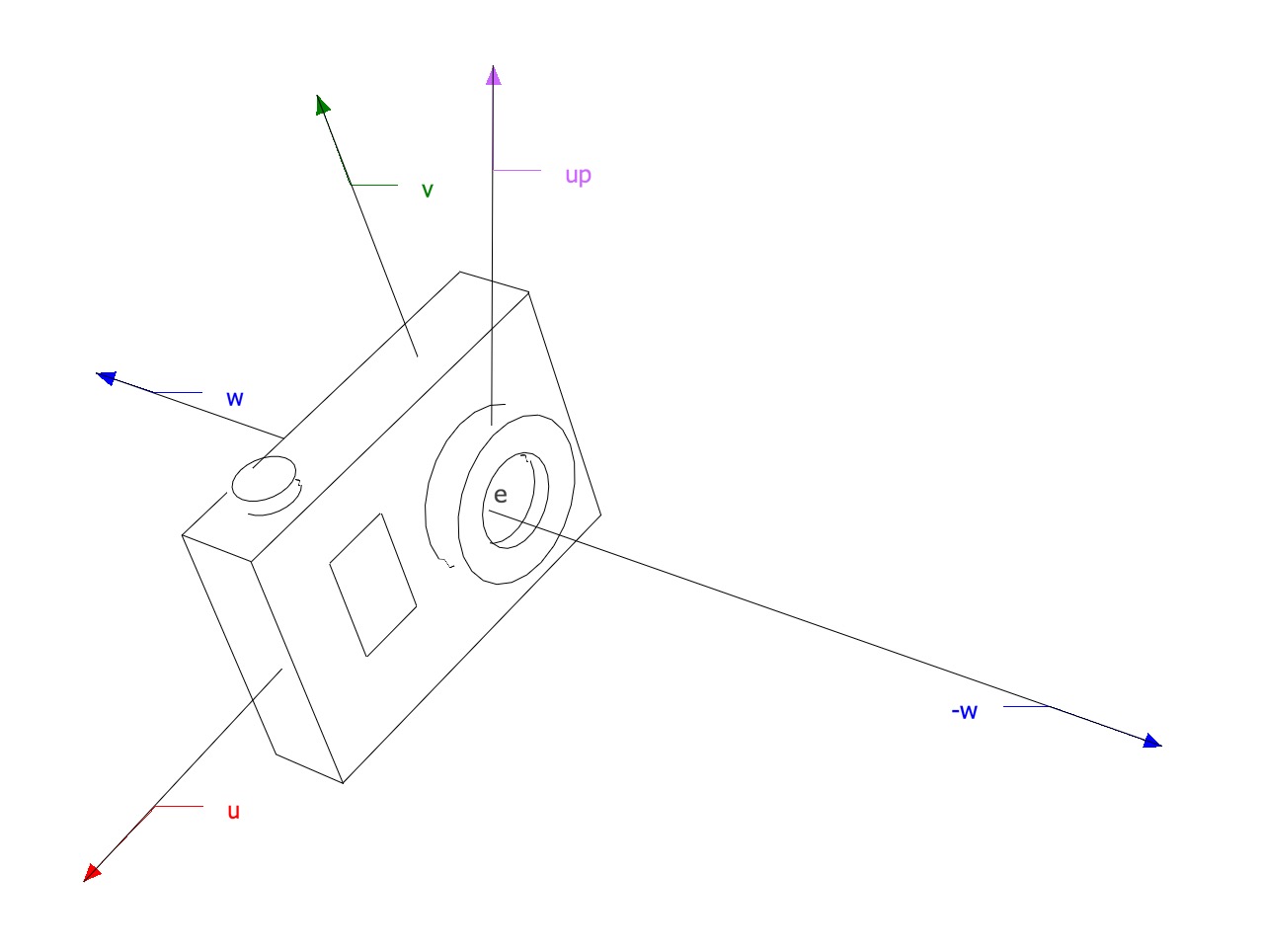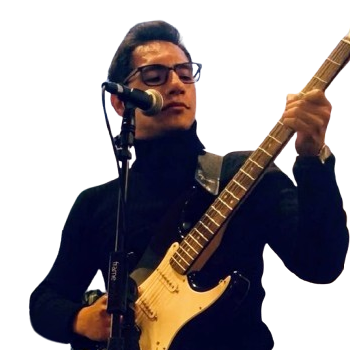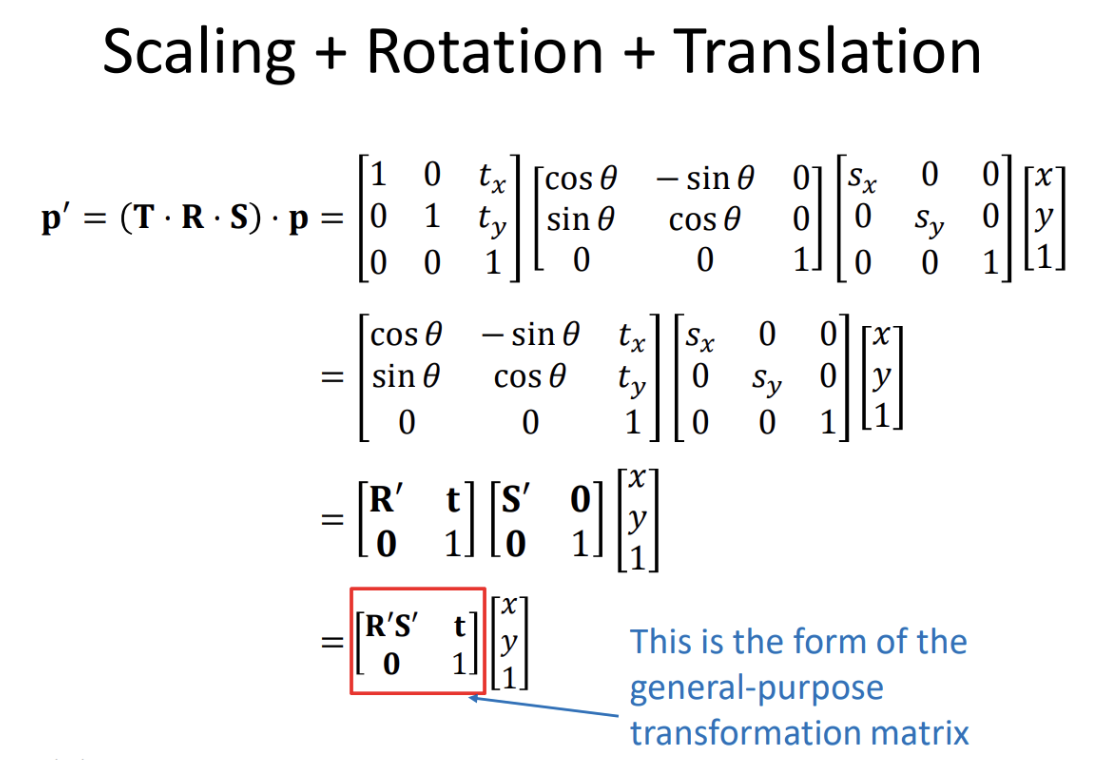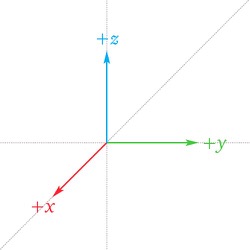There’s a problem when the objects transformed to NDC need to be rasterized, some objects that are behind the eye might be rendered leading to incorrect results
For example when the perspective projection matrix is used all the points’
If
Note that the equations above assume that
We see that objects behind the camera (points with
For this reason there’s a preceding step in the rasterization process called clipping that removes parts of primitives that are outside the view volume (clipping against the six faces of the view volume), a basic implementation of the clipping process is described below
input: triangle, 6 planes of the view volume
for (each of the six planes) do
if (the triangle is entirely outside the plane) then
discard the triangle
else if (the triangle passes through the plane) then
clip the triangle
if (the triangle is now a quadrilateral) then
break the quadrilateral into two triangles
Culling is a process where geometry that’s not visible from the camera is discarded to save processing time
- View volume culling - Geometry outside the view volume can be culled since it won’t produce fragments when rasterized, this process is specially useful when triangles are grouped into an object that has an associated bounding volume, then
- Backface culling - polygons that face away from the camera can be culled before the pipeline starts




